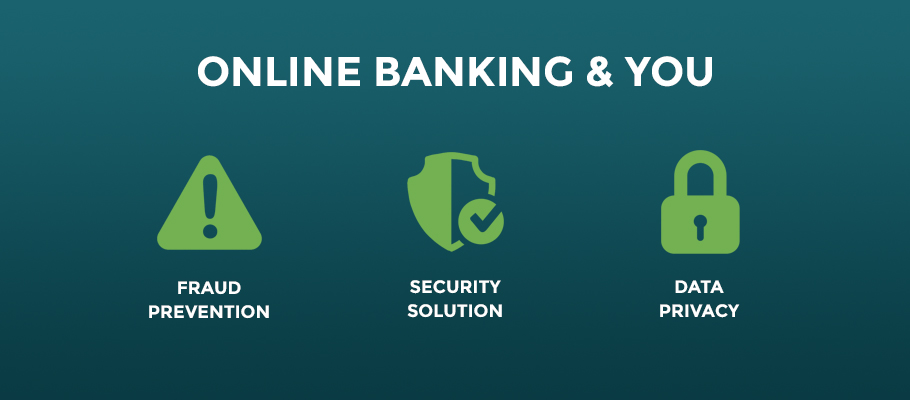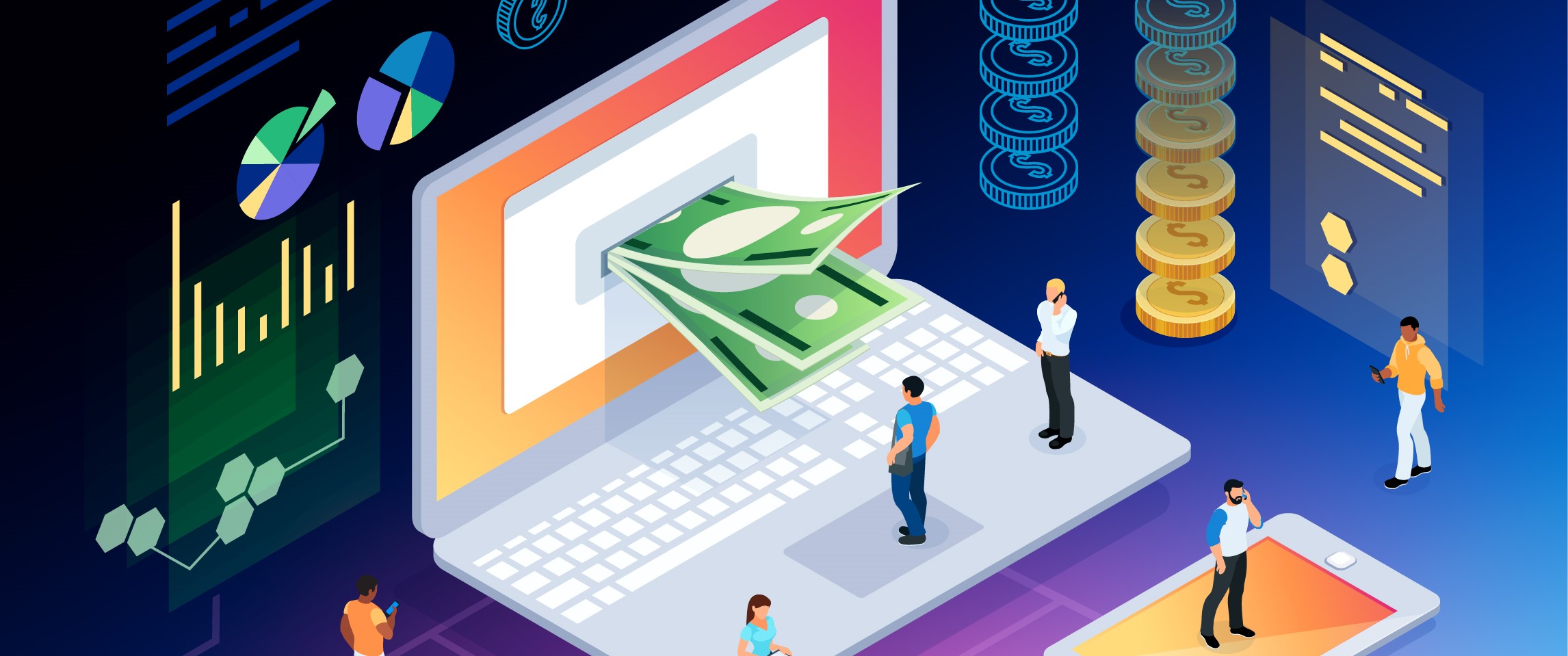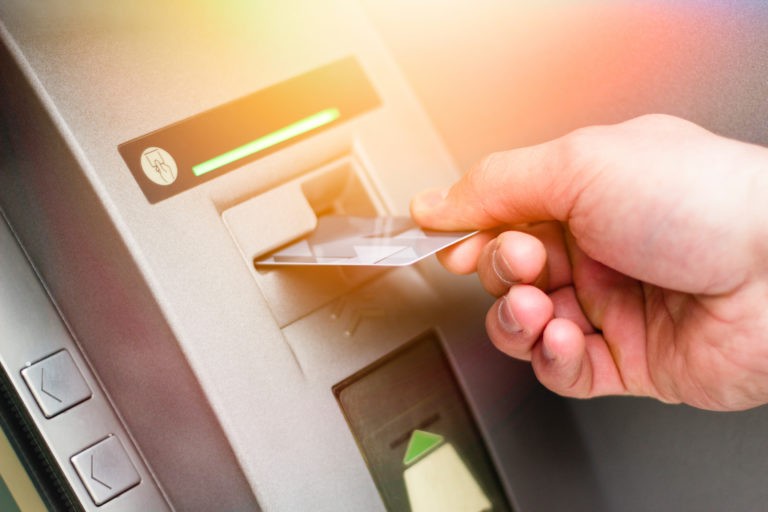Online banking has become an essential part of modern financial management. However, with the convenience of managing accounts from anywhere comes the responsibility of ensuring that your money is safe from potential threats. Banks and financial institutions implement various security measures to protect customers from cybercrime, fraud, and identity theft. This post explores the key security measures in online banking and how you can further protect your personal information.
The Importance of Security in Online Banking
With more people relying on online banking for everyday transactions, protecting sensitive financial information has never been more important. Cybercriminals constantly evolve their tactics to exploit vulnerabilities, which is why banks and customers must take proactive steps to ensure security.
Key Security Features in Online Banking
1. Encryption Technology
One of the primary ways banks protect customer data is through encryption. Encryption ensures that all sensitive data transmitted between your device and the bank’s server is scrambled into unreadable code. Even if hackers intercept the data, they will not be able to make sense of it.
- SSL (Secure Socket Layer) Certificates: Most reputable banks use SSL certificates to encrypt data. This provides a secure connection between users and the bank’s servers, ensuring that personal and financial details remain private.
2. Multi-Factor Authentication (MFA)
Multi-factor authentication adds an extra layer of security by requiring two or more methods of identity verification. Typically, this involves something you know (like a password) and something you have (like a phone to receive a one-time code).
- Types of MFA: Banks may use SMS text messages, authentication apps, or biometric data (fingerprints or facial recognition) as part of the verification process.
3. Strong Password Policies
Banks strongly recommend using complex passwords that are difficult for cybercriminals to guess. A strong password typically includes a combination of letters, numbers, and special characters.
- Password Tips: Avoid using easily guessable information, such as names or birthdates, and always change your password regularly.
4. Secure Login Procedures
Many banks now offer secure login procedures, such as biometric authentication (fingerprint or facial recognition) or device recognition, to ensure that only authorized users access the accounts.
- Two-Factor Authentication: In addition to a password, some banks require a second form of authentication, such as a temporary security code sent to your mobile device, for added protection.
5. Regular Account Monitoring and Alerts
Most online banking platforms provide tools to monitor account activity in real-time. Alerts notify customers of suspicious transactions or login attempts, helping detect fraudulent activity before it escalates.
- SMS and Email Alerts: These alerts are often customizable, allowing users to set notifications for specific activities such as large transfers or login attempts from unfamiliar devices.
How Banks Protect Your Money from Fraud
1. Fraud Detection Systems
Banks implement advanced fraud detection systems powered by artificial intelligence (AI) and machine learning to analyze transaction patterns. These systems can detect unusual behavior and trigger alerts or block transactions that seem suspicious.
- AI-Powered Fraud Detection: By continuously learning from user behaviors, these systems improve over time, reducing the likelihood of fraudulent transactions slipping through the cracks.
2. Secure Payment Methods
Banks and financial institutions employ secure payment methods to protect users during online transactions. One of the most widely used technologies is tokenization, which replaces sensitive credit card information with a randomly generated token.
- Tokenization in Payments: This prevents unauthorized access to your credit card number during transactions, reducing the risk of fraud.
3. Anti-Phishing Measures
Phishing is a common tactic used by cybercriminals to trick users into revealing sensitive information, such as passwords or credit card numbers. Banks have implemented various anti-phishing measures, including warnings about fake emails or websites.
- Email and Website Scams: Banks often send notifications about common phishing scams and encourage customers to only interact with official communication channels.
Tips for Protecting Yourself While Using Online Banking
1. Use Strong, Unique Passwords
When creating a password for your online banking account, use a mix of uppercase and lowercase letters, numbers, and special characters. Avoid using the same password across multiple sites to reduce the risk of a single breach affecting all of your accounts.
- Password Manager: Consider using a password manager to generate and store strong passwords securely.
2. Enable Multi-Factor Authentication (MFA)
Always enable multi-factor authentication whenever possible. MFA significantly reduces the chances of unauthorized access to your account, even if someone manages to obtain your password.
3. Avoid Public Wi-Fi for Transactions
Public Wi-Fi networks are often unsecured and can be a hotspot for hackers to intercept your data. When conducting financial transactions, always use a secure, private internet connection.
- VPN (Virtual Private Network): Consider using a VPN to encrypt your internet connection when using public Wi-Fi.
4. Monitor Your Account Regularly
Check your account regularly for any unfamiliar transactions. If you notice anything suspicious, contact your bank immediately to report the issue.
- Transaction Notifications: Enable real-time alerts for transactions to stay on top of any unusual activity.
5. Be Wary of Phishing Scams
Be cautious of unsolicited emails, messages, or phone calls asking for your banking details. Banks will never ask for sensitive information via these methods.
- Verify Sources: Always verify the authenticity of any communication you receive. Use the official contact details from your bank’s website to reach out to them.
The Future of Online Banking Security
As technology continues to evolve, so do the threats and the security measures designed to counter them. In the future, online banking will likely incorporate more advanced technologies, such as biometric identification (iris scanning or voice recognition), to further secure accounts.
Expected Innovations:
- Behavioral Biometrics: Advanced systems could analyze patterns in your typing speed, mouse movements, and even walking behavior to verify your identity.
- Blockchain for Transactions: Blockchain technology promises to provide an immutable and secure record of transactions, offering additional protection against fraud.
Conclusion
The security of online banking is a top priority for financial institutions and customers alike. Banks have adopted numerous protective measures, including encryption, multi-factor authentication, and fraud detection systems, to safeguard your money. However, customers must also take responsibility by using strong passwords, enabling MFA, and being vigilant against phishing attempts. By working together, both banks and users can minimize the risks associated with online banking and ensure a safe financial experience.





